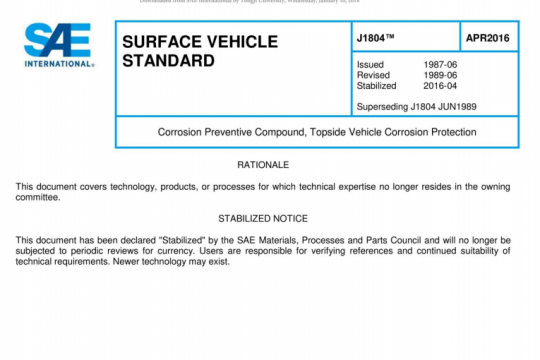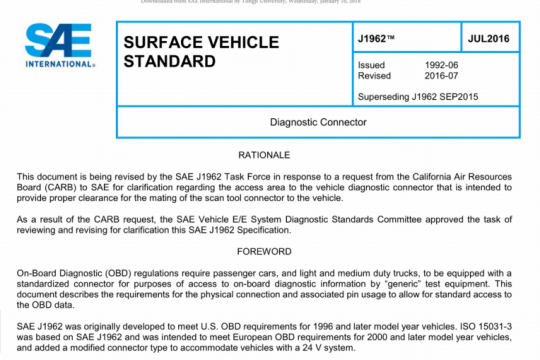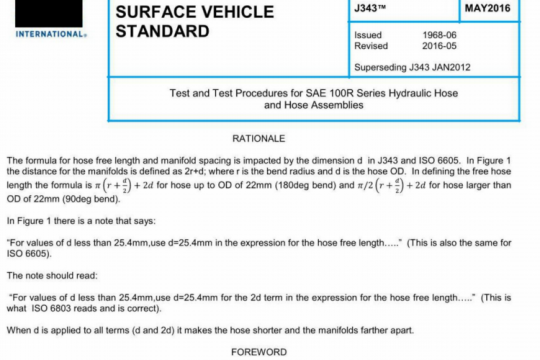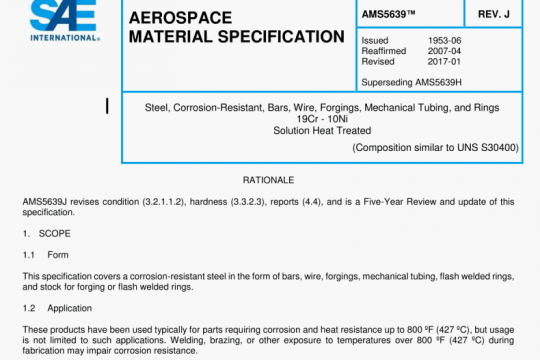SAE J1093:2020 pdf free
SAE J1093:2020 pdf free.Latticed Crane Boom Systems – Analytical Procedure
The forces considered to act on the boom structure for stress calculations shall include rated hook load, hoist, and boom suspension live loads including hoist line to drum offset, boom deadweight loads, hoist rope, and boom suspension deadweight loads, a horizontal side load applied to the boom tip equal to 2% of the rated load, and the effects of boom foot inclination. Wind, along with other in-service operating conditions, combine to affect the crane operator’s ability to control a load. The diversity of load shapes, sizes, and lifting heights which occurs during crane operation makes the calculation of in-service wind effect rather arbitrary for general crane rating considerations.
The horizontal side load (2% of rated load) provides for the normal rating conditions associated with machine operation, including wind effects, during lifting crane service with freely suspended loads.5.1.2 The dynamic effects of vertical acceleration or deceleration of the load are provided for by the required strength margins.
Consideration of factors beyond the manufacturer’s normally specified rating conditions has not been provided for.While such factors may be appropriate for a specific operating condition, they are not applicable to ratings for general lift crane service. Such factors include traveling with a load, out-of-level operation, duty cycle operation,and unusual wind effects on the boom or lifted load.
Boom foot inclination results from deformation of supporting structure. When the rated load on a leveled crane is swung to some positions (i.e., corner), the boom foot support may become out of level due to this deformation (see also 4.2). This inclination can be determined by calculation or previous test experience on a similar supporting structure.
The manufacturer shall specify the wind velocity at which the machine should be considered to be out of service and the boom lowered to the ground or secured by some other means. The specified wind velocity shall be calculated based on boom strength and other considerations such as stability. Analysis of the boom for out-of-service wind loadings may be performed using the methods outlined in this document (Section 8) in conjunction with wind forces developed by the methods shown in Appendix B.SAE J1093 pdf free download.




